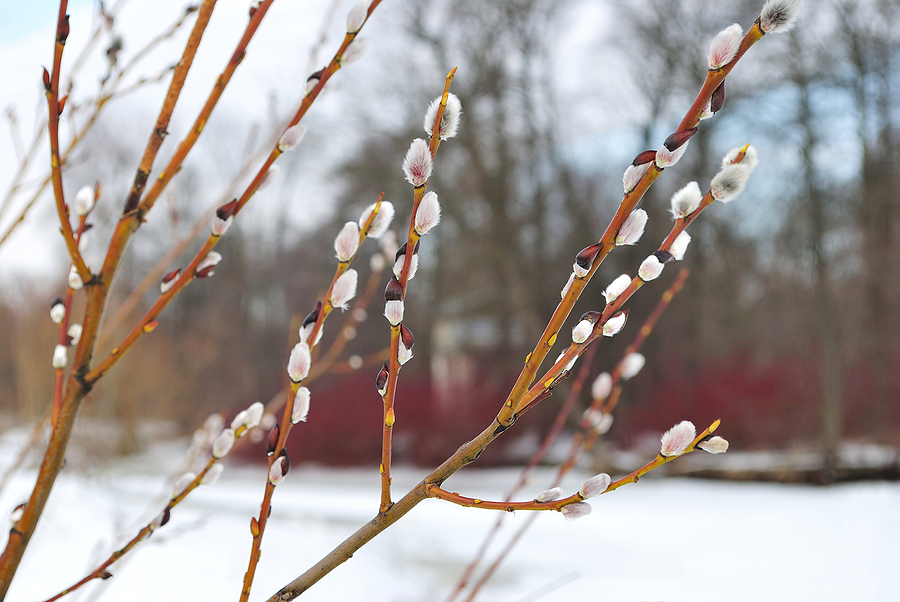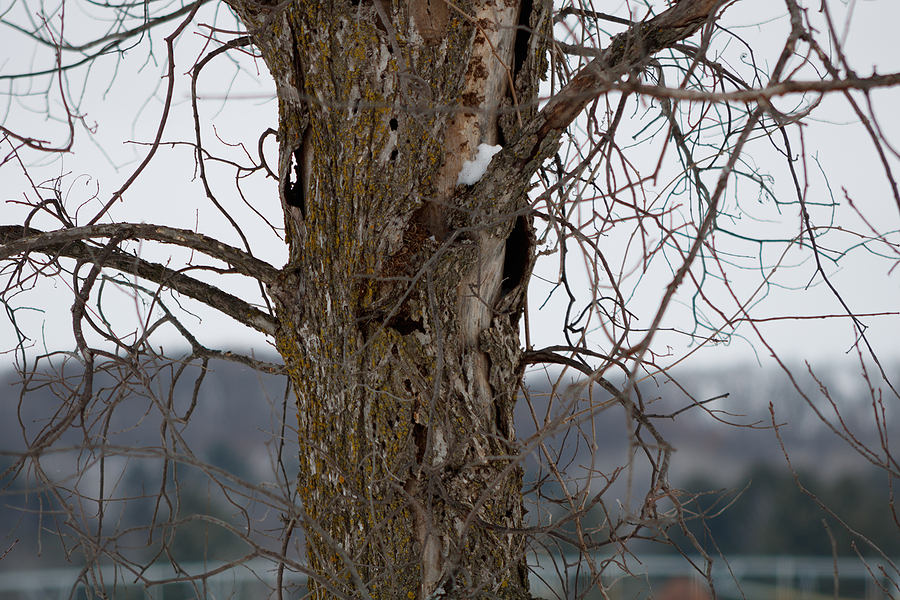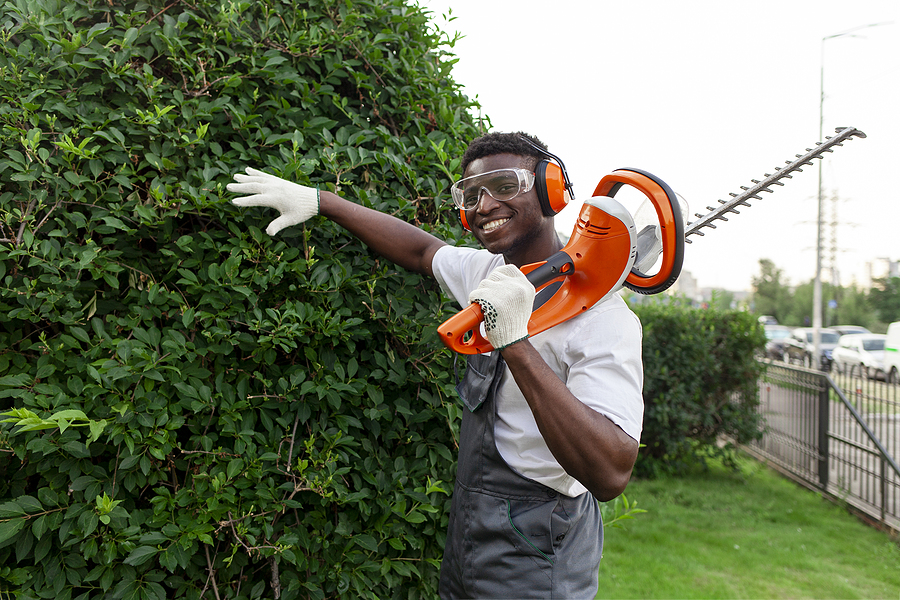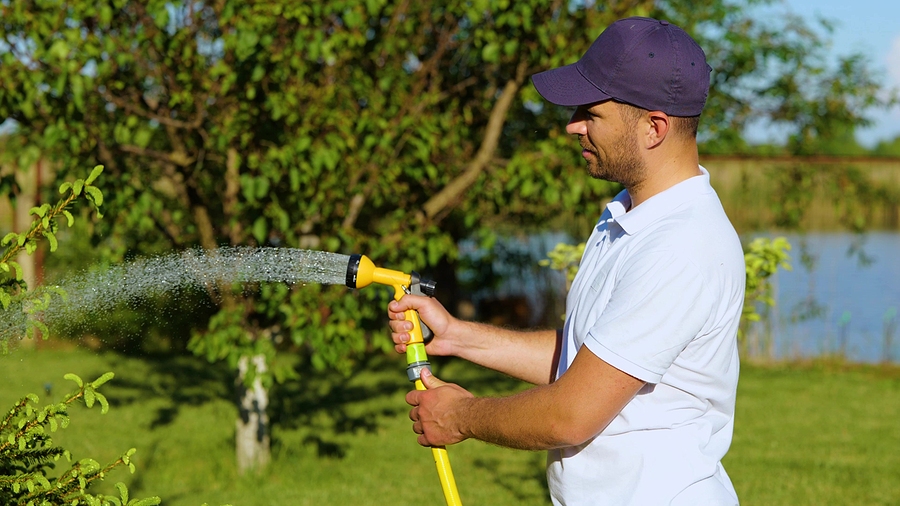Trees are an integral part of our landscapes, providing beauty, shade, and even increasing property value. However, trees can also become sources of danger when emergencies arise. Whether it’s a storm-damaged tree threatening to fall or a diseased tree that could collapse unexpectedly, addressing tree service emergencies promptly is crucial for the safety of your property and its occupants.
In this comprehensive guide, we’ll delve into the various aspects of tree service emergencies. From understanding what constitutes an emergency to knowing the immediate steps to take, you’ll be well-equipped to handle any tree-related crisis that comes your way.

What Constitutes a Tree Service Emergency?
Tree emergencies can take many forms, each requiring a unique response. Here are some common types of tree emergencies:
Storm Damage
Severe weather conditions, such as thunderstorms, hurricanes, and heavy snowfall, can cause significant damage to trees. Broken branches, uprooted trees, and leaning trunks are all signs of storm damage that require immediate attention.
Diseased Trees
Trees affected by diseases like Dutch elm disease or oak wilt can become structurally unsound over time. Diseased trees are more likely to fall or drop large branches, posing a risk to people and property.
Fallen Trees
A fallen tree, whether due to disease, old age, or external forces like wind, represents an immediate hazard. It can block driveways, damage structures, and pose a risk to anyone nearby.
Hazardous Trees
Trees with large, dead limbs, significant trunk decay, or root damage are considered hazardous. These trees have a higher likelihood of falling or losing large branches unexpectedly.
Signs of a Tree Emergency
Recognizing the signs of a tree emergency can help you act quickly and effectively. Here are some common indicators of tree distress:
Visible Cracks or Splits – Cracks or splits in the trunk or major branches are clear signs of structural weakness. These trees are at an increased risk of breaking apart.
Leaning Trees – While some trees naturally lean, a sudden or severe tree leaning indicates a compromised root system and necessitates immediate attention.
Dead or Dropping Branches – A tree shedding large branches or showing extensive deadwood is a sign of underlying health issues or structural instability.
Fungal Growth – Mushrooms or other fungi growing at the base of a tree can indicate root rot or internal decay, both of which compromise the tree’s stability.
Unusual Bark Patterns – Peeling bark, deep fissures, or holes in the trunk can signify disease or pest infestations, leading to weakened structural integrity.
Steps to Take in the Event of an Urgent Tree Situation
When facing a tree emergency, swift action is essential to minimize damage and ensure safety. Here are the steps you should take:
1. Ensure Safety First – Keep yourself and others at a safe distance from the affected tree. Avoid going near the tree until the area has been assessed by a professional.
2. Assess the Situation – Evaluate the severity of the situation. Is the tree posing an immediate threat to people or property? If so, contact emergency services or a professional tree care company right away.
3. Document the Damage – Photograph the damage for insurance purposes. Detailed documentation can be helpful when filing a claim and during the assessment by tree care professionals.
4. Contact a Professional – Reach out to a reputable tree care company that offers emergency tree service in your area. Explain the situation in detail and request an urgent assessment.
5. Follow Safety Precautions – If the tree has fallen on power lines or other utilities, do not attempt to handle the situation yourself. Contact the appropriate utility company immediately.
What to Look for in a Tree Service Company
Choosing the right tree care company is essential for effectively handling tree emergencies. Here are some key factors to consider:
Certification and Experience – Look for companies with certified arborists who have experience in emergency tree services. Certification ensures they have the knowledge and skills to handle complex tree emergencies safely.
Insurance Coverage – Ensure the company has comprehensive insurance coverage, including liability and worker’s compensation. This protects you from any potential liability in case of accidents during the service.
Emergency Services Availability – Choose a company that offers 24/7 emergency services. Tree emergencies can happen at any time, and prompt response is critical.
Positive Reviews and References – Check online reviews and ask for references from previous clients. A reputable company will have a track record of satisfied customers and successful emergency interventions.
Transparent Pricing – Request a detailed estimate before any work begins. Transparent pricing helps you understand the costs involved and avoids surprises later on.
Tips for Preventing Future Tree Catastrophes
Preventive care is the best way to minimize the risk of tree emergencies. Here are some tips for maintaining healthy trees:
Regular Inspections
Schedule annual inspections with a certified arborist. Regular check-ups can identify potential issues before they become emergencies.
Pruning and Trimming
Proper pruning and trimming enhance tree health and reduce the risk of falling branches. Focus on removing dead or diseased branches and thinning the canopy to improve air circulation.
Tree Soil Care
Healthy soil is vital for strong roots. Mulch around the base of your trees to retain moisture, and avoid compacting the soil with heavy equipment or foot traffic.
Disease and Pest Management
Monitor your trees for signs of diseases and pests. Early detection and treatment can prevent the spread of harmful pathogens and infestations.
Proper Watering and Fertilization
Ensure your trees receive adequate water and nutrients. Overwatering or underwatering can stress trees and make them more susceptible to diseases and structural issues.
Key Takeaways
Tree service emergencies can pose significant risks to safety and property, but with prompt action and the right professional support, these risks can be managed effectively. By understanding the signs of tree distress, knowing how to respond in an emergency, and investing in regular tree maintenance, you can protect your landscape and enjoy the benefits of healthy, beautiful trees.
Remember, proactive tree care is an investment in safety and peace of mind. If you ever face a tree emergency, don’t hesitate to contact a trusted tree care company to handle the situation with expertise and professionalism.
Got a tree disaster on your hands? Don’t panic. Our pros know exactly how to handle it for you. Contact Complete Tree Care at 317-783-2518 for emergency tree service in Indianapolis, Indiana and its surrounding counties. We provide residential and commercial tree services, as well as certified arborist services.
Related Posts:
How To Tell if You Have Dangerous Trees On Your Property
How to Diagnose a Hazardous Tree
Is My Tree Dead or Diseased?





